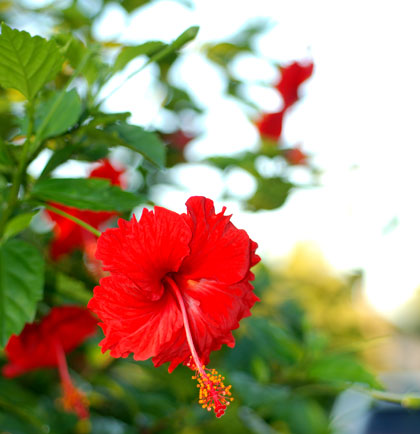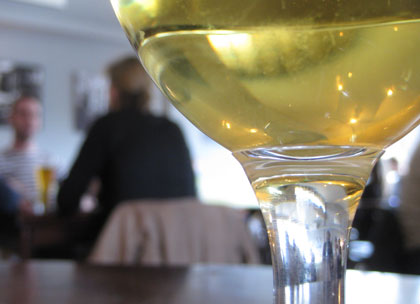A little curmudgeonly this week. Blame the weather.
– Hype, Backlash, and Hopslam. “Hopslam (nor any other rare beer de jeur) is not the sickness in our beer scene, it is merely a symptom. We have become a beer scene that talks openly about a return to craft beer enjoyment …. We talk a good game, but our actions (and our tweets) say differently.” [Via Charlotte Beer]
– Lagunitas addition adds depth to Chicago beer scene. “In some ways, sizes of craft breweries are irrelevant. The guys I talked to, whether they made 5,000 barrels a year or 100,000 barrels a year, they are looking for other breweries who will support the craft beer movement.”
In all fairness, there’s more to that thought. But, golly, sure this “get along and help each other” spirit has been a factor in more small breweries making better beer. But what brewers are really looking for is people who will buy their beer. Nothing wrong with that, but a fact. Otherwise they’d stick to being homebrewers. “Here, taste my beer. Great, right? Glad you enjoyed it.”
And later in the story Lagunitas owner Tony Magee says, “Some people say we’re in the beer business. I’d say we’re in the tribe building business. Tribes are built on shared stories.” Have you heard the one about how they’re not in the beer business?
[Via Chicago Sun-Times]
– The unexpected way beer is helping this California town get through a historic drought. “The recent installation of an innovative water treatment system at the Bear Republic Brewing Company, along with the ongoing construction of two local wells in part paid for by the company, could go a long way toward keeping Cloverdale afloat before it’s estimated to run out of water in a few months.” [via takepart]
– Has craft beer finally gone too far? Take our ‘quiz’. Welcome to the Rabbit Hole. [Via Atlantic Cities, where the tagline is “Place Matters” – bless ’em]
– Michigan-made malt worth the hefty price tag to local breweries and distilleries. But it’s not easy selling something for 80 cents a pound when out-of-state varieties go for 35 cents. [via MLive]
 Connections
Connections Merry Christmas y’all
Merry Christmas y’all Defined
Defined Snap beans
Snap beans Literally
Literally America’s smaller brewers — smaller meaning Boston Beer Company on down — produced 7.4 percent of the beer sold domestically in 2013 and used 52 percent of the hops grown domestically.
America’s smaller brewers — smaller meaning Boston Beer Company on down — produced 7.4 percent of the beer sold domestically in 2013 and used 52 percent of the hops grown domestically.